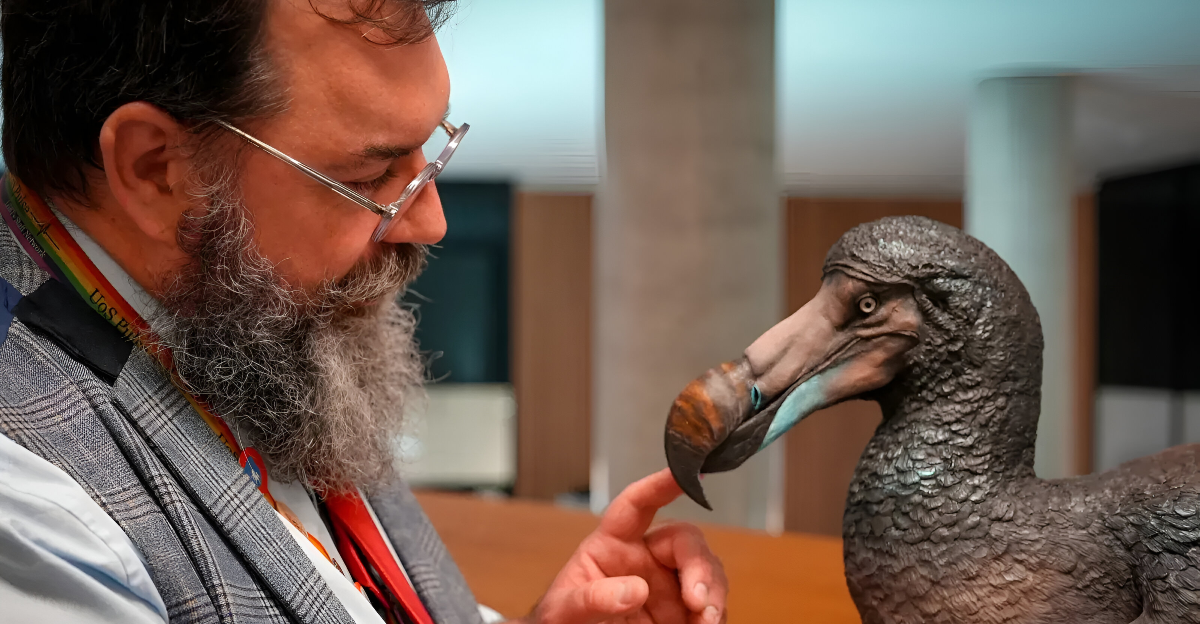
Colossal Biosciences, a Dallas biotech company, has made a major leap in its mission to bring the dodo bird back to life. Their scientists have succeeded in growing special reproductive cells from pigeons. These cells are vital for creating new birds using genetic technology, and now, for the first time, this success isn’t just limited to chickens or geese.
This unlocks the door for using more bird species in “de-extinction” projects. Experts see this as a major first step, a gateway to restoring lost birds and possibly fixing other environmental damage from the past, but how close are researchers truly?
History of the Lost Dodo
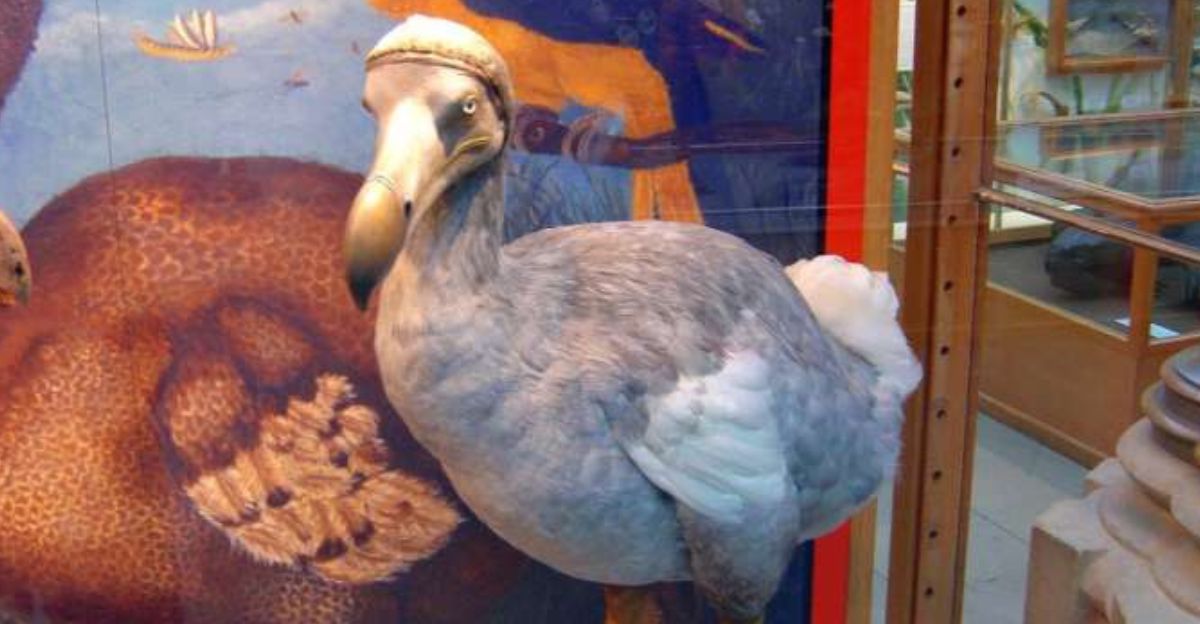
Once found only on Mauritius, the dodo became a symbol for extinction after it vanished around 1662 due to overhunting and habitat loss. For centuries, people thought the dodo’s disappearance was forever, warning everyone about the risks of ignoring nature. However, new technologies are challenging the idea that extinction is always permanent.
With enough genetic clues, lost animals could get a second chance. The work at Colossal is raising tough ethical questions: Is it right to bring species back, or should we focus only on living ones?
Tough Challenges Ahead
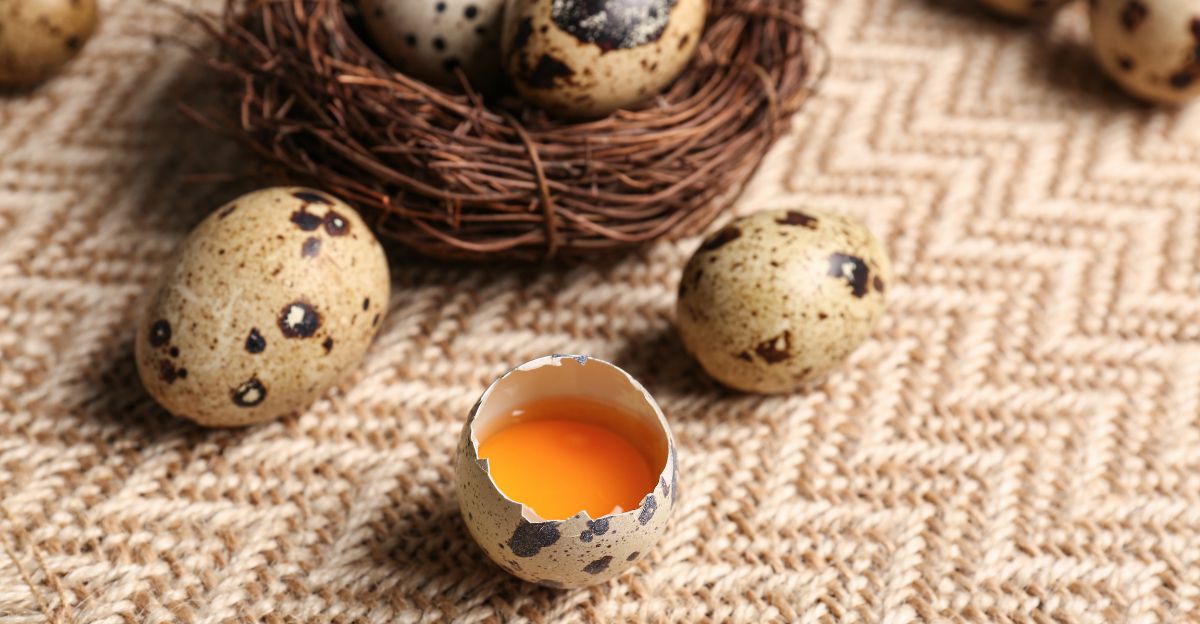
Reviving the dodo bird isn’t simple, it’s far more difficult than cloning mammals. Bird eggs develop very differently, needing precise timing for cell transfers while embryos form. The scientists need good DNA from ancient dodos and must carefully edit living birds’ genetics to match. Each step, from finding usable DNA to getting permission to release these birds, is full of obstacles.
Making sure these birds can thrive in the wild also means solving many scientific and legal puzzles. Despite all these challenges, funding and excitement for the project keep growing, pushing the science forward.
Funding for a Comeback
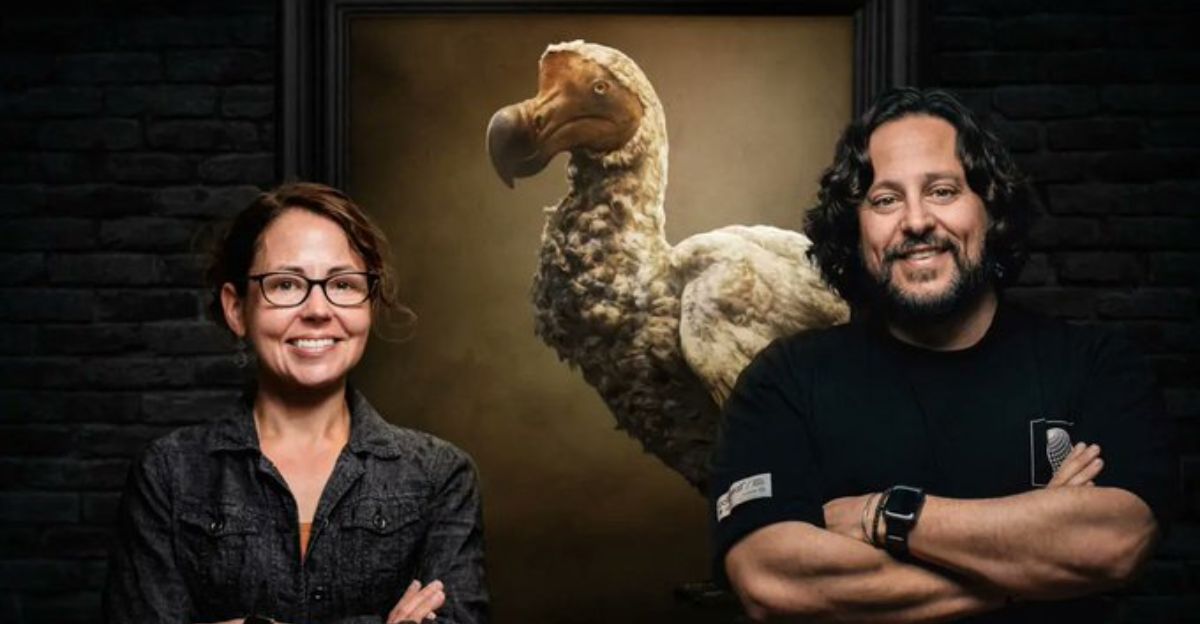
Colossal Biosciences has raised a huge amount of money for this project, recently securing $120 million and now holding more than $555 million in total. Big investors, from tech to conservation, believe restoring extinct species can benefit both nature and business.
Colossal’s company value is now over $10 billion, which allows it to hire leading experts and acquire the best equipment. With this financial support, it can tackle multi-year experiments and meet regulatory needs, keeping the dream of dodo revival within reach.
The Breakthrough Moment
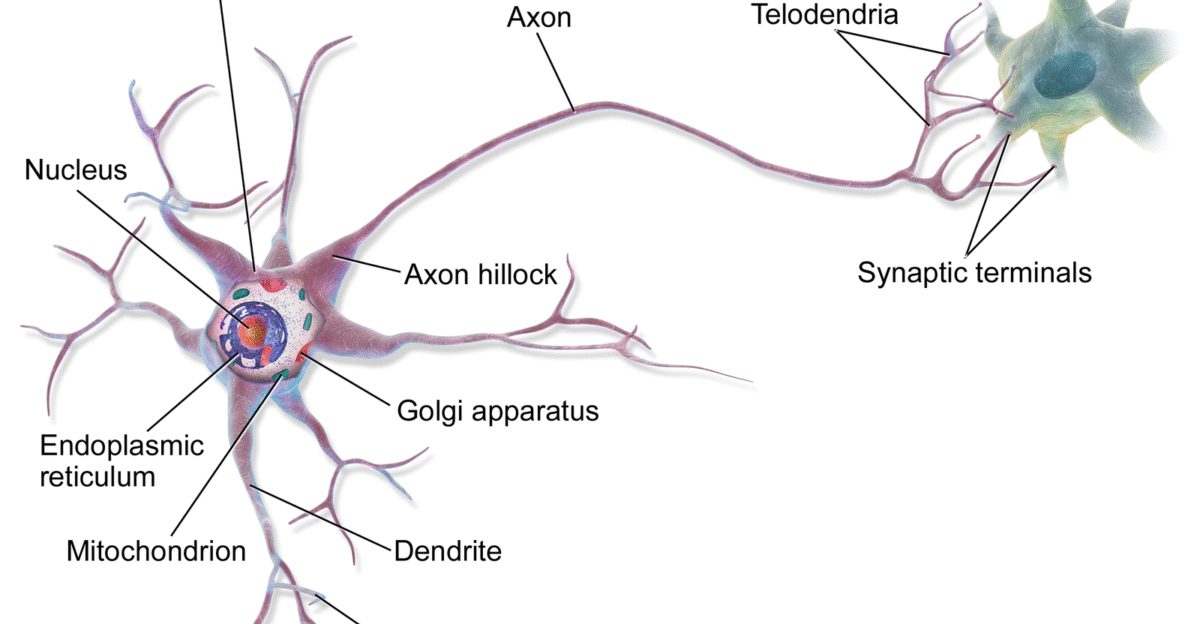
On September 17, 2025, Colossal proudly announced that they had grown special pigeon cells. This key achievement makes it possible to start editing genes with the Nicobar pigeon, which is closely related to the dodo. Using the Nicobar pigeon’s DNA as a template, scientists hope to make a bird that shares the dodo’s traits.
This moment changed everything, moving from ideas to real experiments that could soon lead to a dodo chick hatching. Beth Shapiro, chief science officer, stated, “By developing these protocols, we’re establishing crucial biobanking capabilities and opening new possibilities for genetic rescue of endangered species”.
Preparing for the Dodo’s Return
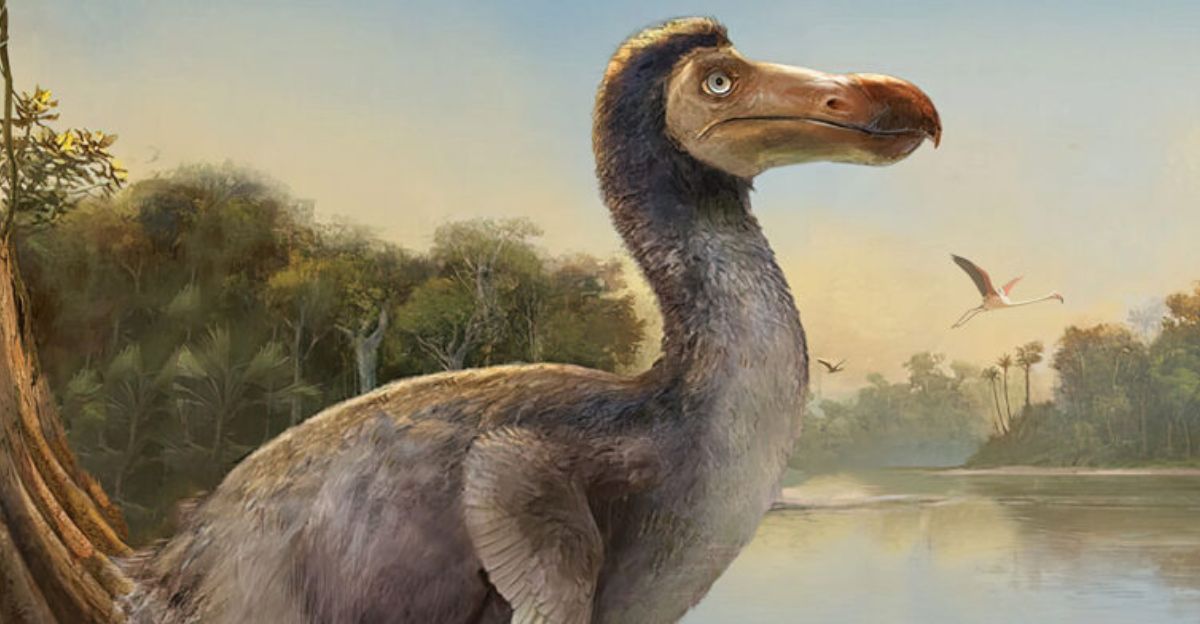
Teams are already planning how and where to reintroduce dodos to Mauritius. They’re searching for areas on the island free from rats, known pests that could threaten new dodos or their eggs. The ambition is big, as not just a few birds, but thousands, with enough genetic variety for a healthy population.
Colossal’s CEO Ben Lamm says, “We’re not looking to make two dodos. We want thousands, with enough genetic diversity that they can thrive in the wild.” This hope matches local conservation efforts to save other native species, too.
People Power

This project has received considerable attention from Mauritian locals, wildlife groups, and experts worldwide. Some believe bringing back the dodo can help nature recover from people’s mistakes, while others worry about problems that could arise. The Mauritian government watches the project closely, weighing potential risks and rewards for the island’s national symbol.
The lively debate has made the dodo project a global conservation topic, with many voices sharing ideas and concerns.
Helping More Than Just Dodos
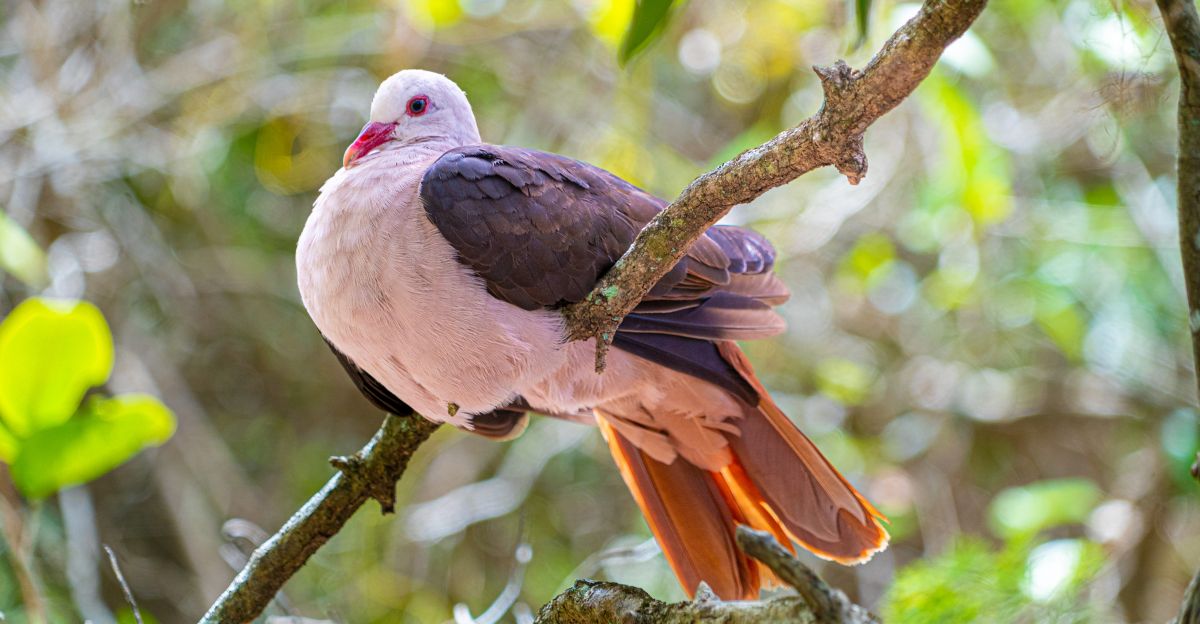
Growing and editing pigeon cells could also help endangered birds, like the Mauritian pink pigeon, survive. By storing bird cells in gene banks, scientists may be able to add back lost traits, improve disease resistance, or stabilize shrinking populations.
This tech is opening possibilities for “genetic rescue,” which could become a standard tool for saving wildlife as the world changes quickly. Thought leaders say, “Technologies for species resurrection may soon become core tools for biodiversity protection in a rapidly changing world”.
Can We Truly Bring Dodos Back?
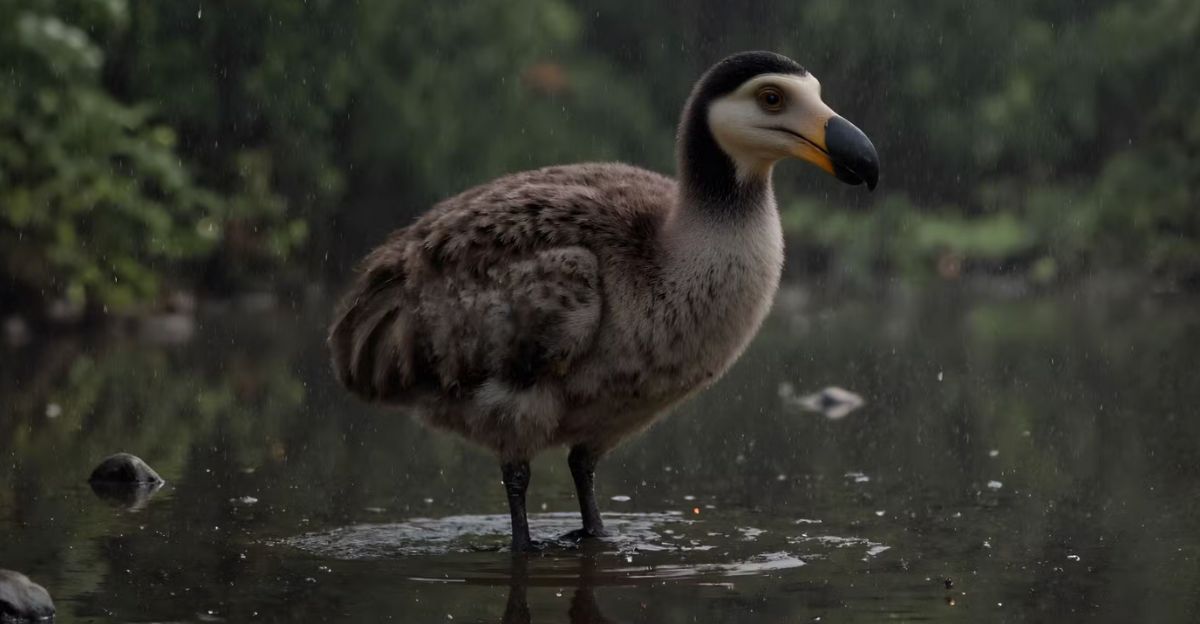
Although many are excited, some experts warn that bringing back the dodo is more than unleashing edited birds. The true dodo had its own social habits and behavior, which can’t simply be “taught” by chickens or pigeons. Even if scientists make birds that look like dodos, their personalities might not match.
This raises ethical questions, should we spend resources on reviving extinct animals or focus on protecting the species we have now?
Dire Wolf Trial Run
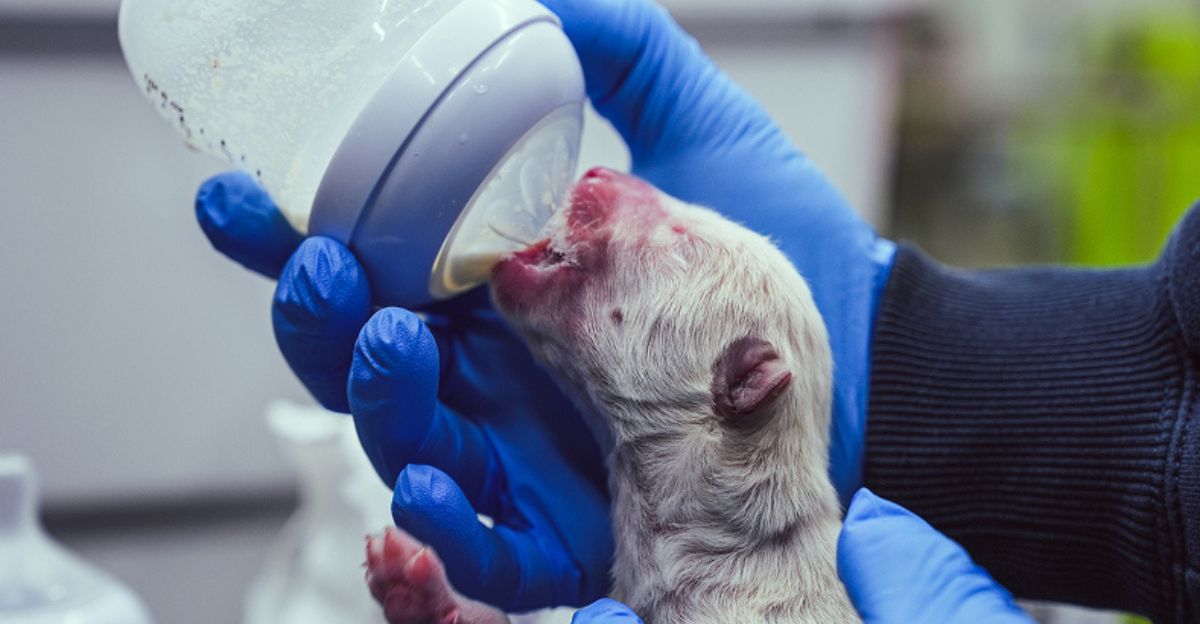
Earlier this year, Colossal made three dire wolf pups by editing modern wolf genes with DNA from the extinct species. While this showed it’s possible to bring back ancient traits, critics say the pups may behave differently from true dire wolves, lacking their original environment and habits.
Still, the dire wolf experiment proved that gene editing could introduce lost traits, a blueprint now helping the dodo project to move forward.
Who’s Leading the Way?
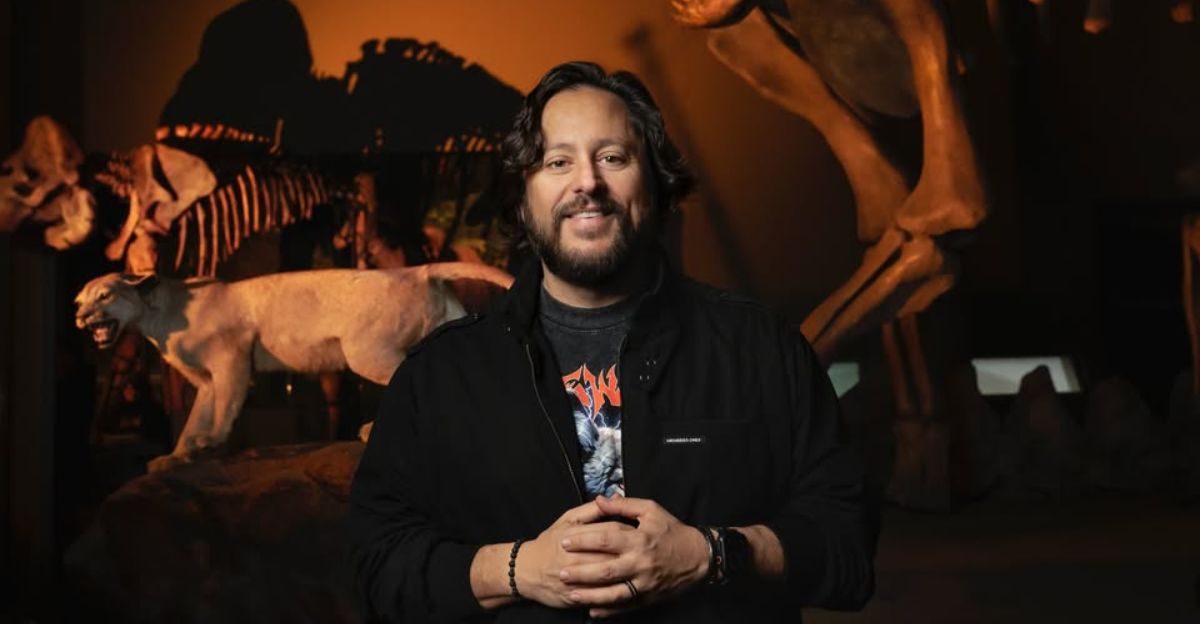
Colossal CEO Ben Lamm and a talented team of genetic scientists and bird specialists are leading the dream of a living dodo. Their goal goes beyond science; they want dodos to truly fit into the environment, not just exist in labs.
Ben Lamm’s vision is ” a thriving, genetically diverse dodo population.” Every step, from protocols to budgets, aims to restore lost traits carefully and repeatably, setting new standards for conservation.
Mixed Reactions
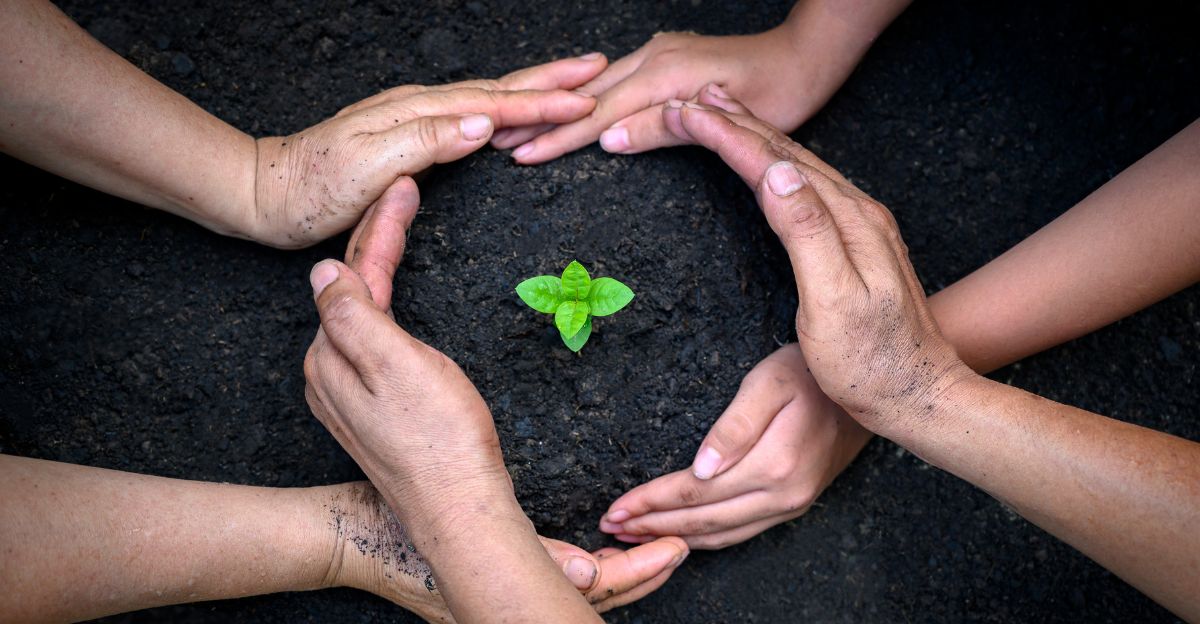
Some ecologists and wildlife advocates hope the dodo project will inspire others to save endangered animals. But some warn that big projects like this can divert money and attention away from species in trouble today, like the pink pigeon.
They argue that it’s important to balance excitement for new biotech with practical efforts to keep current animals safe. Many experts recommend data-driven oversight and staying grounded in conservation needs.
Teamwork Versus Caution
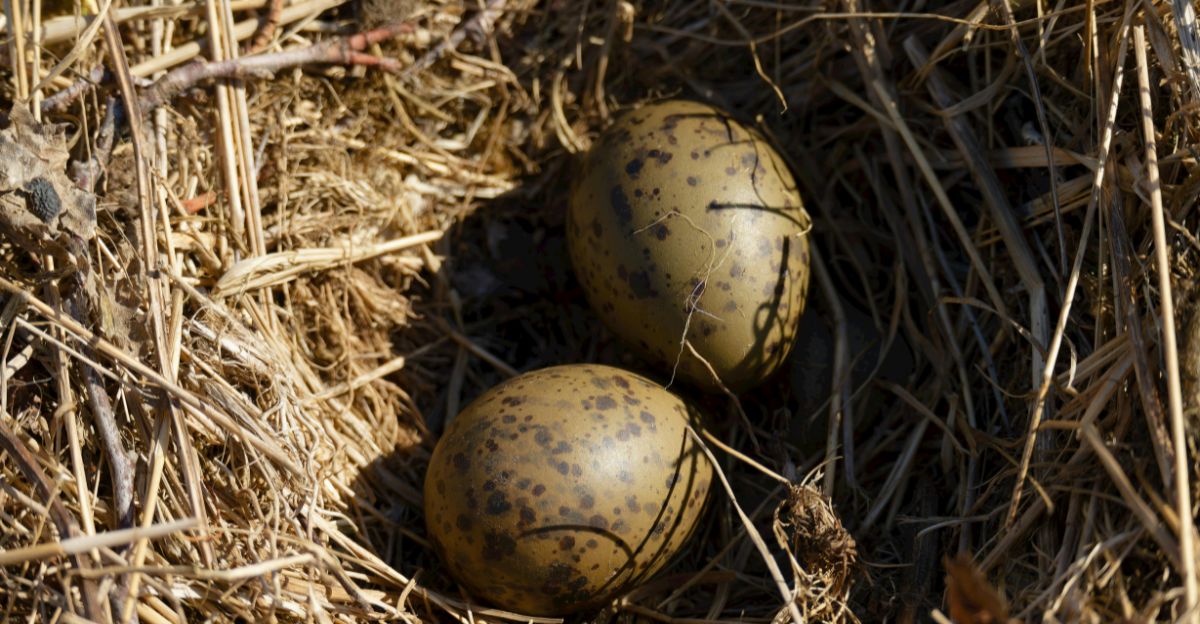
Even inside Colossal, staff debate how fast to move. With pressure from investors, some push for quick results, while others say it’s smarter to be careful, thinking about regulations and how the public feels.
They apply what they learn to other birds and mammals, showing ambition and recognizing limits. The measure of “success” is changing as projects progress and experts adjust priorities.
Science Changed Forever
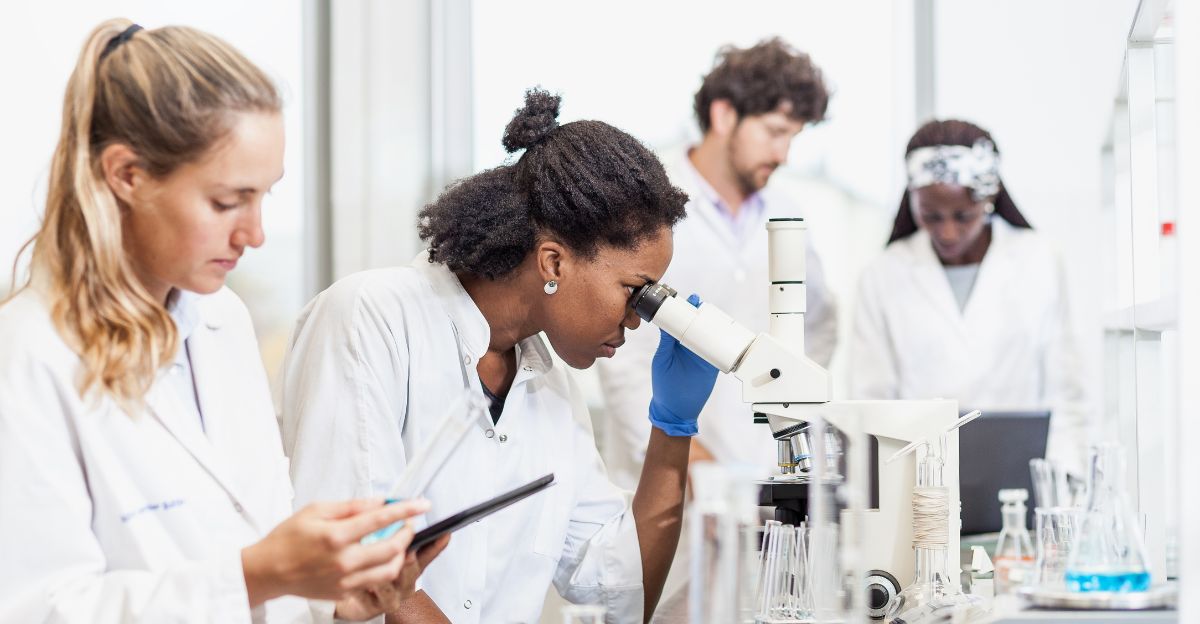
The dodo comeback is changing how people in science and conservation think. It’s not just theory anymore; gene editing, cell work, and planning are turning dreams into real experiments. The excitement from Colossal’s advances is spilling over into other de-extinction efforts for the woolly mammoth, Tasmanian tiger, and more. As the possibilities grow, ethical debates about the right way to help nature are heating up.
What Comes Next
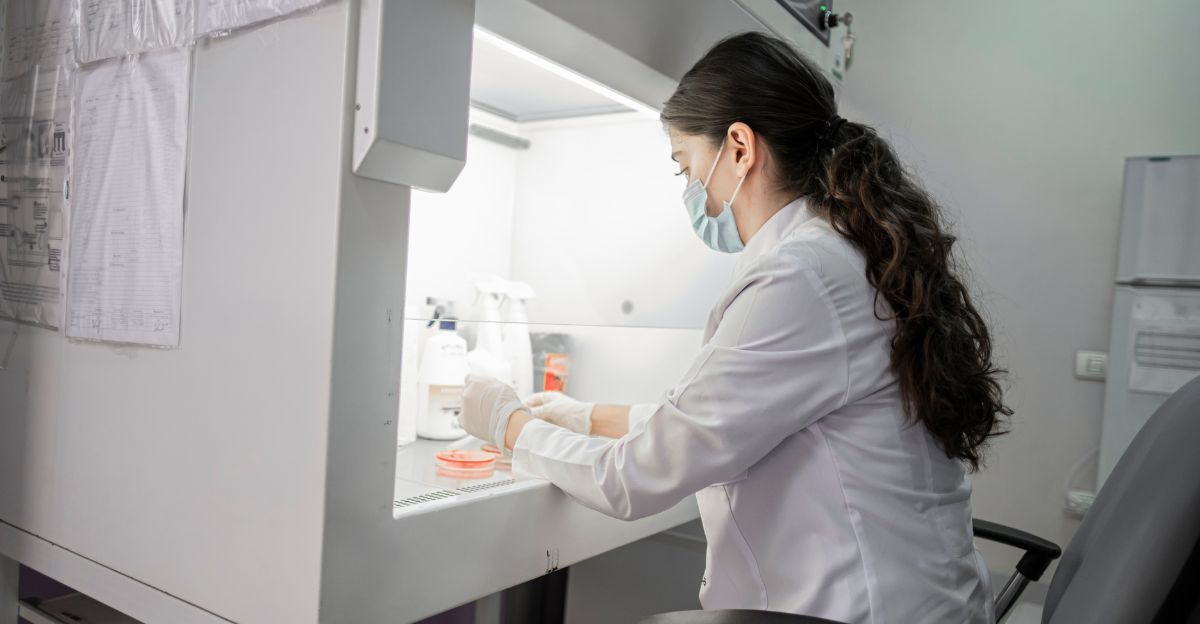
Colossal’s hope is to hatch a dodo bird within seven years, though most experts predict five to ten years, depending on many hurdles like rules and safe habitats. If successful, it could change conservation and biotech industries, with new ways to rescue species and save extinct traits. But scientists still wonder if lab-made animals will truly thrive in the wild—the answer is still unknown.
Lawmakers Watching Closely
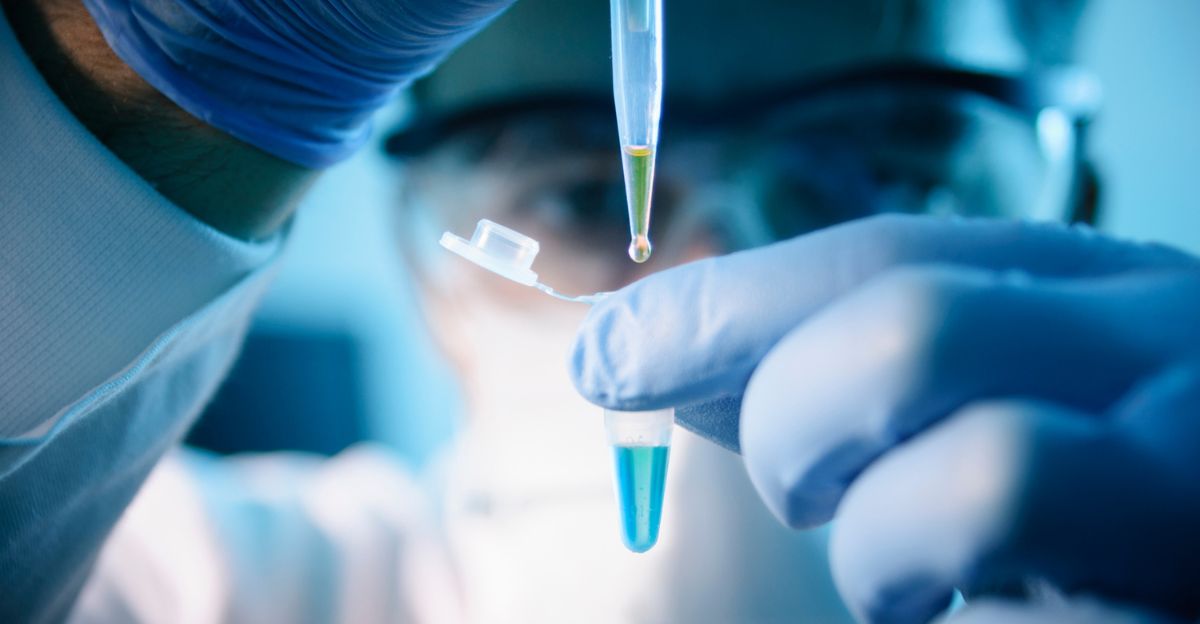
Recent breakthroughs have drawn much interest from governments and animal safety authorities. Workshops and hearings are being planned on how to safely release gene-edited animals, update laws, and protect nature and people. Nations like the US and those in the EU are reviewing rules around wildlife, biotech, and animal welfare. Ongoing talks try to balance new ideas with biosecurity and caring for the environment.
New Waves in Industry
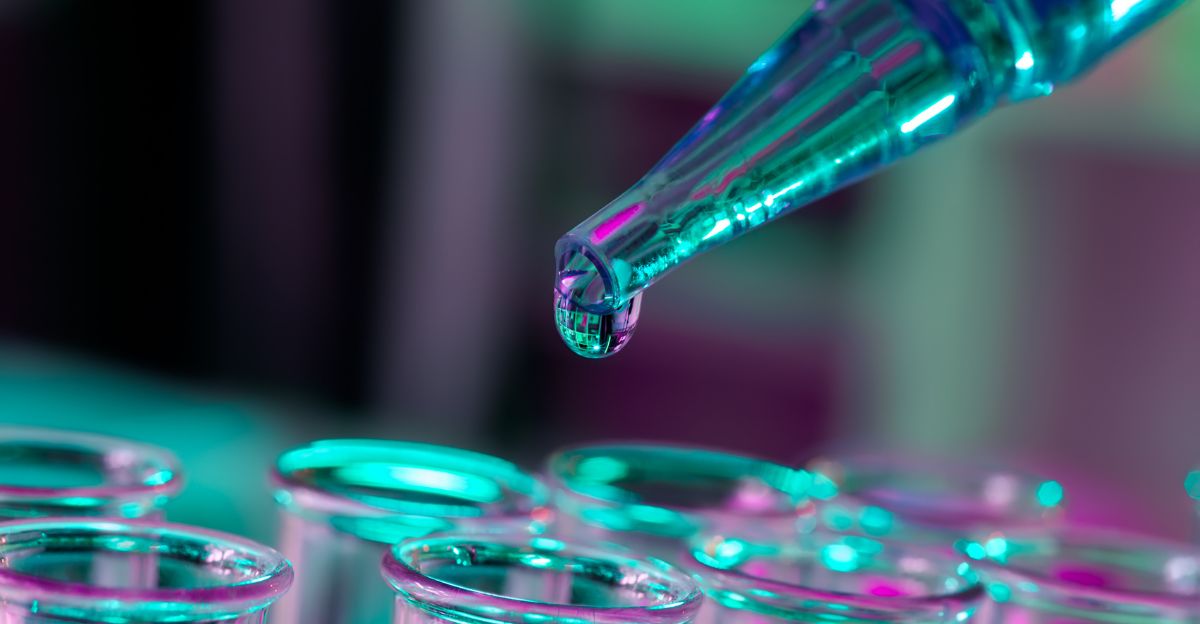
Gene-editing technology from de-extinction is already shaking up industries like farming, wildlife management, and medicine. More companies are investing in conservation biotech, looking for ways to use these tools for breeding disease-resistant animals or storing genes in banks.
The progress of the Dodo project is forcing competitors and partners to rethink their business strategies and prepare for bigger changes.
Spreading Like Wildfire

Interest in bringing back the dodo is booming online, spreading excitement, questions, and even confusion. Scientists are working hard to clear up misconceptions about cloning, timing, and ethics.
Policymakers use this public feedback to guide education and outreach, helping connect experts and the broader world in meaningful conversation.
Bringing Back What’s Lost
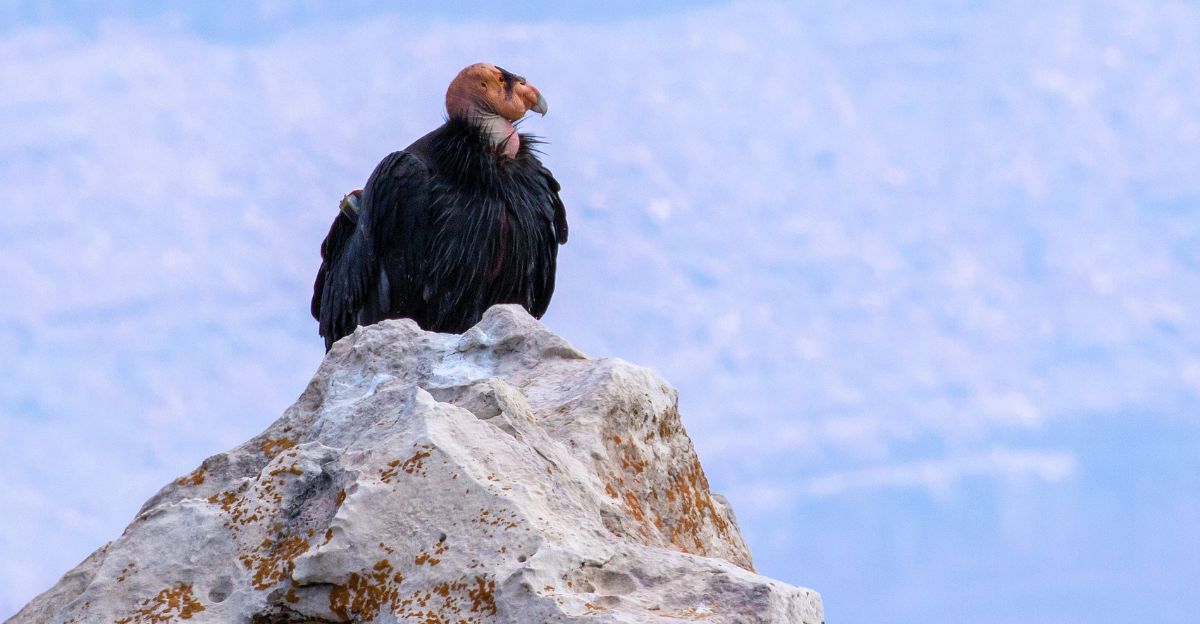
Efforts to return extinct animals, such as the California condor and European bison, show that success needs teamwork from scientists, careful planning, and cooperation across institutions. Critics remind us that de-extinction may hit limits with genetics, behavior, and the unpredictable nature of ecosystems.
As the dodo project moves forward, it’s vital to study what worked and what didn’t in previous attempts, focusing on monitoring and adapting for lasting results.
What It All Means
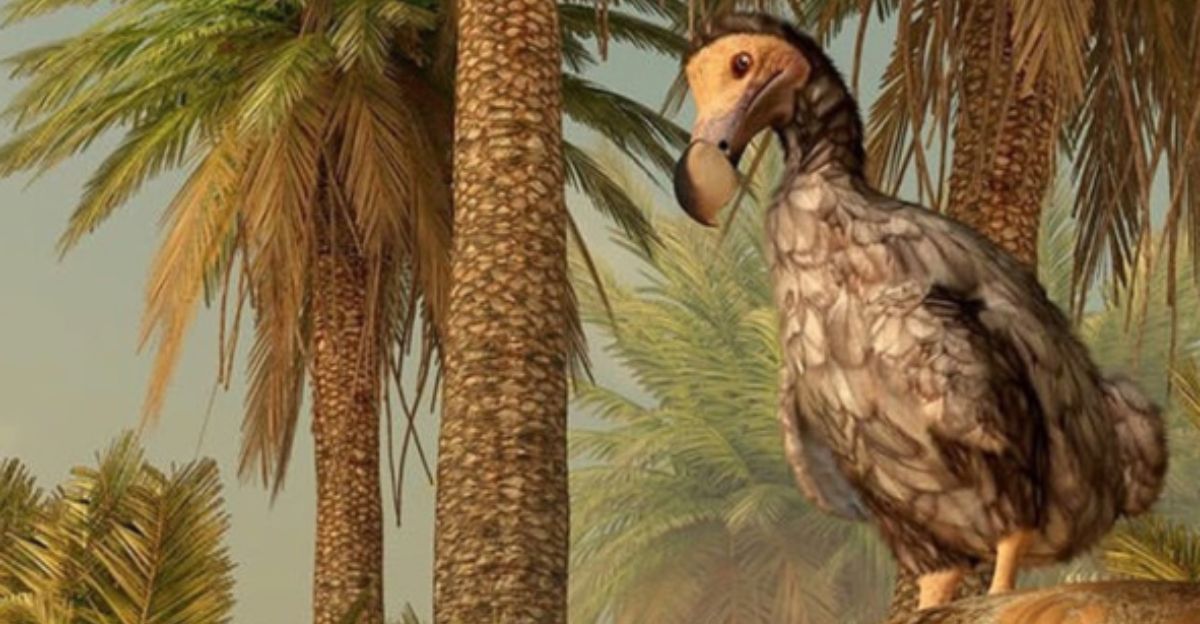
Trying to bring back the dodo highlights big advances in science, conservation, funding, and great challenges in ethics and safety. Colossal Biosciences has reached several key milestones, getting closer to achieving something once thought impossible.
Whether restoring the dodo will heal ecosystems or teach us caution, the story is still unfolding. The project is a scientific legend and an experiment—proof that new tools might let us rewrite part of nature’s history.